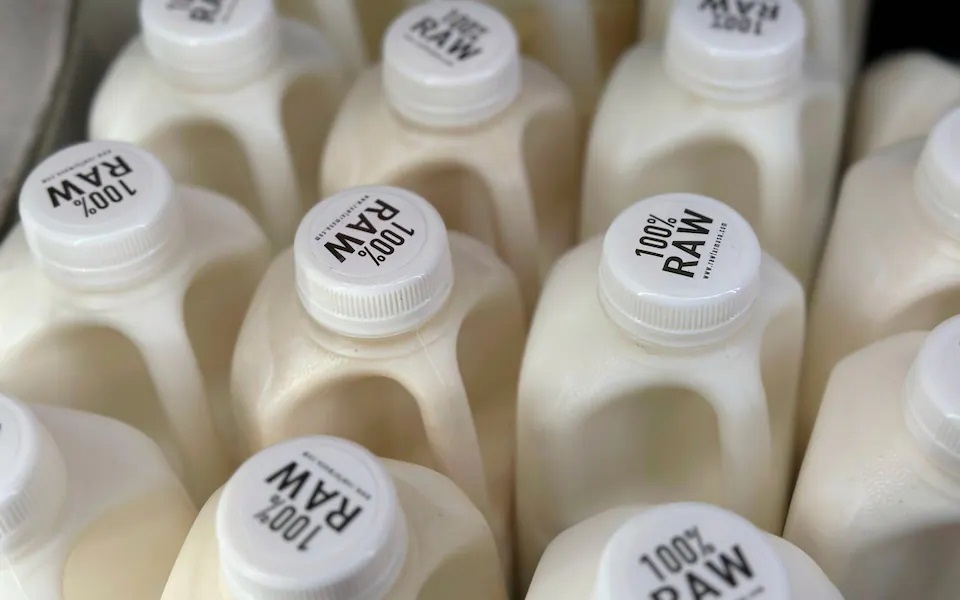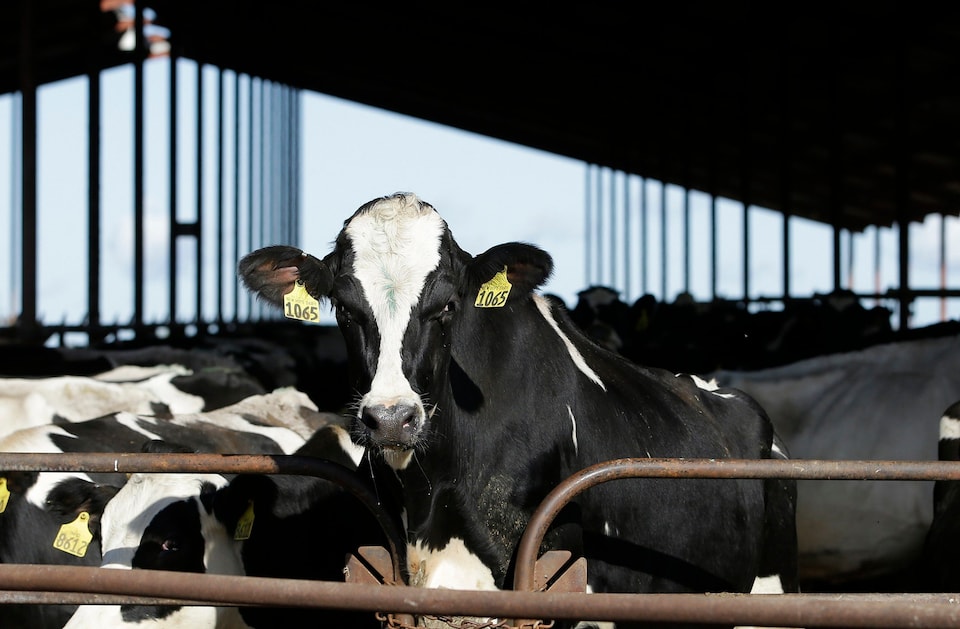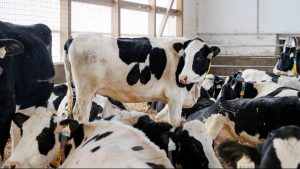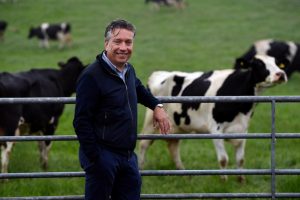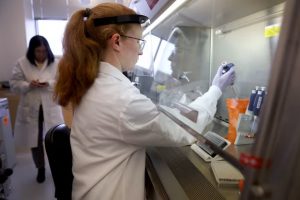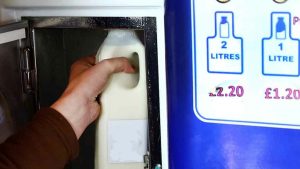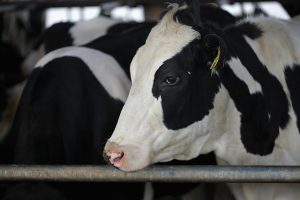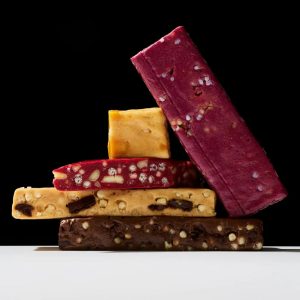Mr McAfee – who still recommends his members should consume raw milk – said that most of the callers seeking out the product were from California.
“Some people in the raw milk community think that ingesting infected milk will help build a robust immune system,” he said.
Gwenyth Paltrow – actress and founder of ‘wellness’ website Goop – is herself a raw milk aficionado. Speaking on The Skinny Confidential podcast last month – a show dedicated to letting women live “their best lives” – Paltrow said she drinks unpasteurised milk in her coffee every morning, because of its supposed health benefits.
“I drink raw farm dairy, and there are schools of thought that say drinking raw milk is better, because once you process it it makes dairy harder to tolerate,” said Paltrow.
Although the Food Standards Authority (FDA) has assured the public that the country’s pasteurised milk is safe, it is clear that people should avoid the raw variety.
“Because of the limited information available about the possible transmission of H5N1 virus via raw milk, the FDA continues to recommend that industry does not manufacture or sell raw milk or raw milk products,” the agency said in updated guidelines last week.
Raw milk industry ‘booming’
Around three per cent of the US public – some 10 million people – consume raw dairy, many of which think it is a ‘superfood’, according to the National Institutes of Health, the US government’s primary public health research body.
A quick search of ‘raw dairy’ on social media renders thousands of results, many of them attributing magic powers to the products in which bacteria and viruses have been left to multiply unchecked.
Some claim that unpasteurised milk can cure chronic health conditions like asthma and eczema. Others that it fortifies the gut microbiome, fixes hormone imbalances, and can even see off depression and other mental health disorders.
In Los Angeles, where the raw milk industry is booming, celebrity-studded supermarket Erewhon sells a pint of raw milk for £11, whilst a pint of regular milk typically costs around £0.90.
The store describes the product online as a “healthy addition to your daily diet,” because “the milk’s raw state ensures all the essential nutrients are intact.”
But raw milk is a breeding ground for bacteria, yeast, and mould. Before pasteurisation was introduced in the late 1800s, it was responsible for hundreds of outbreaks of diseases like tuberculosis and diphtheria, and many US states have outlawed the sale of unpasteurised dairy products.
In the US, the Centre for Disease Control (CDC) reported 127 outbreaks linked to raw milk or raw milk products like ice cream, soft cheese, or yoghurt between 1993-2012, resulting in 1,909 illnesses and 144 hospitalisations.
Although public health officials have always advised against consuming it, messaging has ramped up after testing found that milk contains the highest viral load of H5N1 in affected dairy cows.
“There’s a heck of a lot of virus in the milk of an infected cow, if the virus evolves to become effective at infect humans (although we are not yet at that point), milk from a single cow would be enough to infect thousands of people,” said Richard Webby, director of the WHO Collaborating Centre for Studies on the Ecology of Influenza in Animals.
McAfee thinks that government agencies are deliberately misleading the public, and argues that there is “no evidence” to suggest the virus can be transmitted orally.
However, the CDC has said it is “highly likely” that the 24 cats who contracted H5N1 at a farm in Texas in March did so by consuming raw milk.
Postmortem examinations revealed signs of “severe systemic infection” in the dead animals’ bodies – including lesions on their hearts, brains, eyes, and lungs. Those that did not die experienced blindness, neurological disorders, bloody diarrhoea, and difficulty breathing.
“Now is not the time to be drinking raw milk – out of 24 cats that consumed H5N1 infected milk, 12 died and the remaining 12 had blindness, difficulty breathing and other serious health problems,” said Prof Devi Sridhar, Chair of Global Public Health at Edinburgh University and former advisor to the Scottish government on Covid-19.
“Whatever government agencies tell us to do, we’re going to do the opposite,” said McAfee.
You can now read the most important #news on #eDairyNews #Whatsapp channels!!!
🇺🇸 eDairy News INGLÊS: https://whatsapp.com/channel/0029VaKsjzGDTkJyIN6hcP1K
